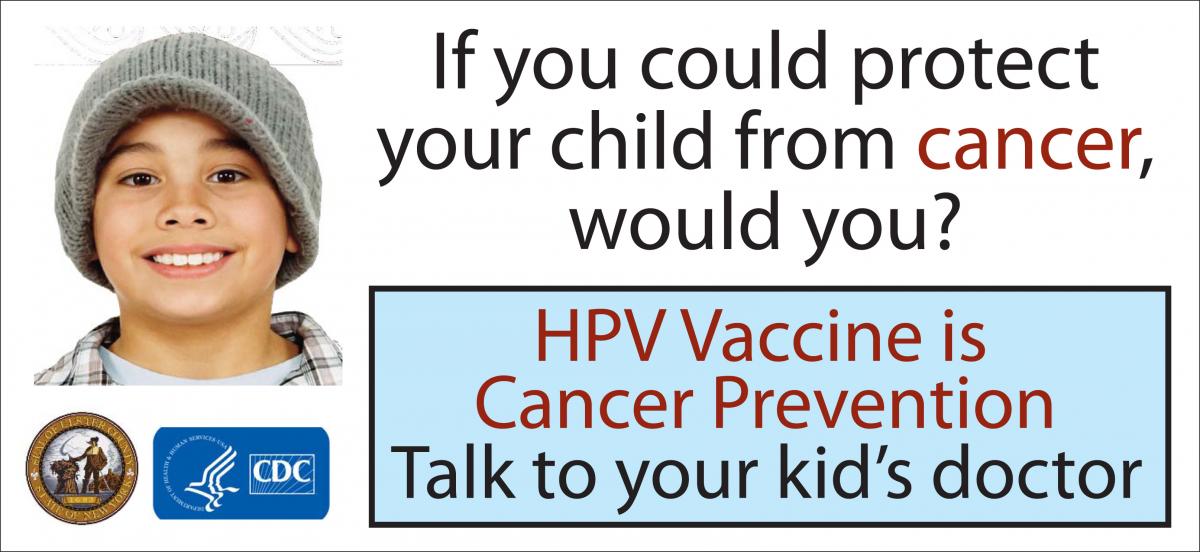Extreme Heat is One of the Most Dangerous Weather Conditions
The Cooling Center SCHEDULES are as follows:
The COOLING CENTERS will be OPEN on the following schedule:
- 2nda Iglesia La Mision Church: Monday July 28, 2025 to Wednesday July 30, 2025– 9am to 7pm
- Trudy Farber Building: Monday July 28, 2025 to Wednesday July 30, 2025 – 9am to 5pm
Then the activation will be reassessed, and updates provided.
The centers are located at
- 2nda Iglesia La Mision Church, 80 Elmendorf St, Kingston NY 12401. The center can be contacted directly at (845)-481-4549
- Trudy Farber Building, 50 Center Street in Ellenville, NY 12428
Additional Cooling Center location in Saugerties:
Town of Saugerties Police Department Lobby, 4 High Street, Saugerties. NY 12477
(845)246-9800
OPEN
24 hrs./day, 7 days per week
Directions to the Lobby (saugerties.ny.us/about#map)
UCAT Routes: KS-Saugerties-Mall Area-Kingston (ucat.ulstercountyny.gov/routes/ks/)
Law Enforcement agencies or any other organizations that encounter or becomes aware of any individuals that need sheltering can bring them to the cooling center.
The Family of Woodstock Hotline can be reached at 845 338.2370

Extreme heat is deadly. New Yorkers' bodies are not used to long periods of extreme heat, and this increases our risk. Health risks include dehydration, heat cramps, heat exhaustion, heat stroke, and worsening of health conditions. Everyone is at risk for heat-related illness, but older adults, children, people who work outdoors, and people with existing health conditions are at more risk of getting sick when it's hot. Learn about Extreme Heat and Health in New York State and how summertime temperatures impact New Yorkers.
Keep kids (and pets) out of hot cars!
More than half of children who died in a hot vehicle were forgotten by a parent or caregiver. In just 10 minutes, a car can heat up and become deadly.
Prepare for the heat:
- Cool off in air conditioned spaces for a few hours a day to reduce your risk of heat-related illness.
- If you don't have an air conditioner, visit a cooling center.
- Cooling centers are air-conditioned places to cool down during extreme heat. Recreational areas, including spray parks and community pools, are also great places to cool off. Find a cooling center near you.
- Stay hydrated by drinking plenty of fluids, but avoid alcohol, caffeine and sugary drinks.
- Not all methods for staying cool during a heat wave are effective. Using a fan can be more harmful than helpful when indoor air is hotter than your body temperature. Know when it's too hot for a fan.
- Take regular breaks when working or playing outdoors and avoid strenuous activity during the hottest part of the day (between 11 a.m. and 4 p.m.).
- Plan ahead for heat waves or when indoor temperatures pose a risk of heat-related illness, especially if you are an older adult or family caregiver.
- Make sure that you can open your windows and/or that your air conditioner is working properly.
- Talk to your doctor or pharmacist to learn more about medications that might make you sensitive to the sun or heat.
Know the Symptoms of Heat-Related Illness
Heat Stroke (sun stroke):
THIS IS AN EMERGENCY - ACT FAST!
- Hot, dry, red skin
- Rapid pulse
- High body temperature ≥ 105°
- Loss of alertness
- Confusion
- Unconsciousness or coma
- Rapid and shallow breathing
- Call 911 immediately.
- Cool the person quickly.
- Bring to a cool place and use a cool bath or sponges, fans and AC.
OR
- Wrap ice packs in cloth and place on neck, wrists, ankles and armpits.
OR
- Remove clothing and wrap the person in cool, wet sheets.
Heat Exhaustion:
- Heavy sweating
- Fainting
- Vomiting
- Cold, pale, clammy skin
- Dizziness
- Headache
- Nausea
- Weakness
Heat Exhaustion can quickly lead to heat stroke so if symptoms worsen or don't improve get medical help.
- Move the person to a cool place.
- Loosen clothes and apply cool, wet cloths to the neck, face and arms.
- Have the person sip water slowly. Provide half a glass of water every 15 minutes up to about 1 quart. Stop giving water if vomiting occurs.
Heat Cramps:
- Muscle cramps in the abdominal area or extremities
- Heavy sweating
- Mild nausea
- Move the person to a cool place.
- Apply firm pressure to the cramping muscle.
- Gently stretch the cramped muscle and hold it for 20 seconds followed by gentle massage.
- Have the person drink some cool water.
Heat Rash:
- Skin irritation that looks like a red cluster of pimples or small blisters
- Move the person to a cool place.
- Keep the affected area dry.
- Have the person use talcum powder to increase comfort.
If in doubt about any of the conditions above, don't hesitate to call 911 for assistance!
Keep Your Children and Family Safe from Measles
There have been outbreaks of Measures all over the nation, and right here in the Mid-Hudson Valley region. Following is what you need to know and how to protect your family, including getting safe and effective MMR vaccinations:
Measles is highly contagious. If one person has it, up to 9 out of 10 people nearby will become infected if they are not protected.
The best protection against measles is measles, mumps, and rubella (MMR) vaccine. MMR vaccine provides long-lasting protection against all strains of measles.
Signs and symptoms
Measles symptoms appear 7 to 14 days after contact with the virus. Common measles symptoms include:
- High fever (may spike to more than 104° F)
- Cough
- Runny nose (coryza)
- Red, watery eyes (conjunctivitis)
- Rash
Complications
Measles can cause serious health complications, especially in children younger than 5 years of age. Common complications are ear infections and diarrhea. Serious complications include pneumonia and encephalitis.
VFC Vaccines for Children:
- COVID-19 vaccine
- Flu vaccine.
- Diphtheria, tetanus, and pertussis combination vaccines (DTaP, and Tdap)
- Tetanus and diphtheria vaccine (Td)
- Haemophilus influenza type b vaccine
- Hepatitis A vaccine
- Hepatitis B vaccine
- Human papillomavirus vaccine (HPV)
- Inactivated polio vaccine
- Measles, mumps, and rubella combination vaccine (MMR)
- Meningococcal vaccine
- Pneumococcal vaccine
- Rotarix
- RSV
- Varicella vaccine
When it takes place (days and times):
1st and 3rd Wednesday of Every Month By Appointment only
Where it takes place (exact location and address):
Ulster County Department of Health 2nd Floor
239 Golden Hill Lane
Kingston, NY 12401
Appointment Necessary
Phone # to Schedule an Appointment or Information:
845-340-3070
Consumer Product Safety Commission on Potentail Lead in Kitchen Faucets
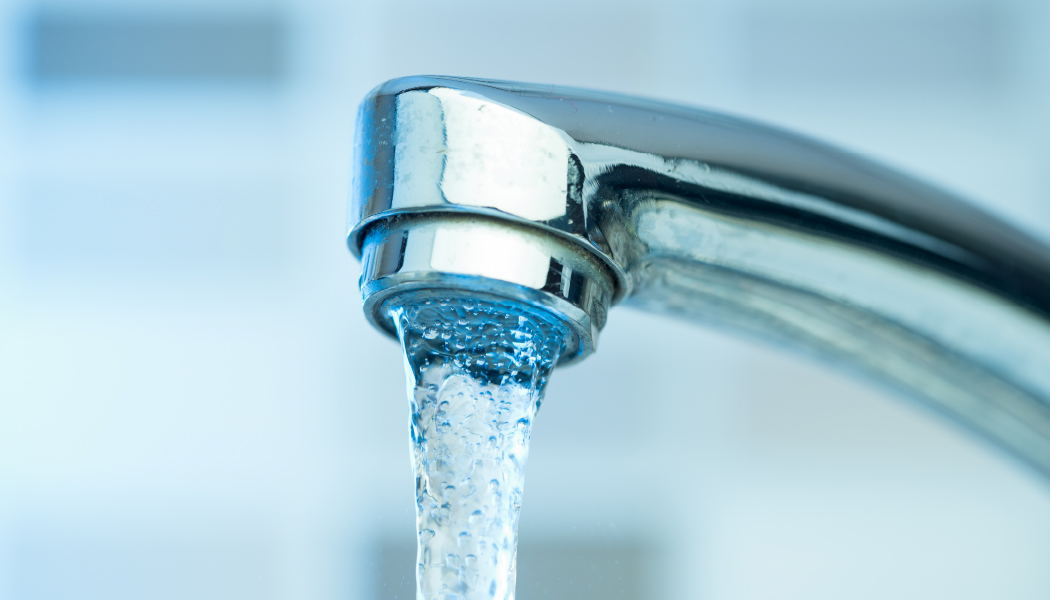
Many consumers may unknowingly bring a hidden danger into their homes when they purchase faucets online. Some faucets have been found to leach lead into drinking water. Lead exposure can cause serious health risks—especially to children, who are more vulnerable to lead exposure. Lead contamination can cause developmental delays, learning difficulties, and other severe lifelong health effects. To safeguard your household, always check for NSF/ANSI 61 certification when buying a faucet, which ensures it meets safety standards, and choose lead-free plumbing fixtures labeled "NSF/ANSI 372." Don't let an invisible threat compromise your family's well-being—choose safe, certified faucets to keep your drinking water clean and lead-free. To read more, click here ...
Small Changes Can Have a Big Impact on Health
Advice from experts at the Friedman School of Nutrition Science and Policy at Tufts University with simple steps for better nutrition and improved health

Heart Disease is the Leading Cause of Death in Ulster County - and the Nation: Ulster County Health Department has put together a team of health and wellness professionals, and community partners, to create a plan to reduce the heart disease fatality rate in out community.
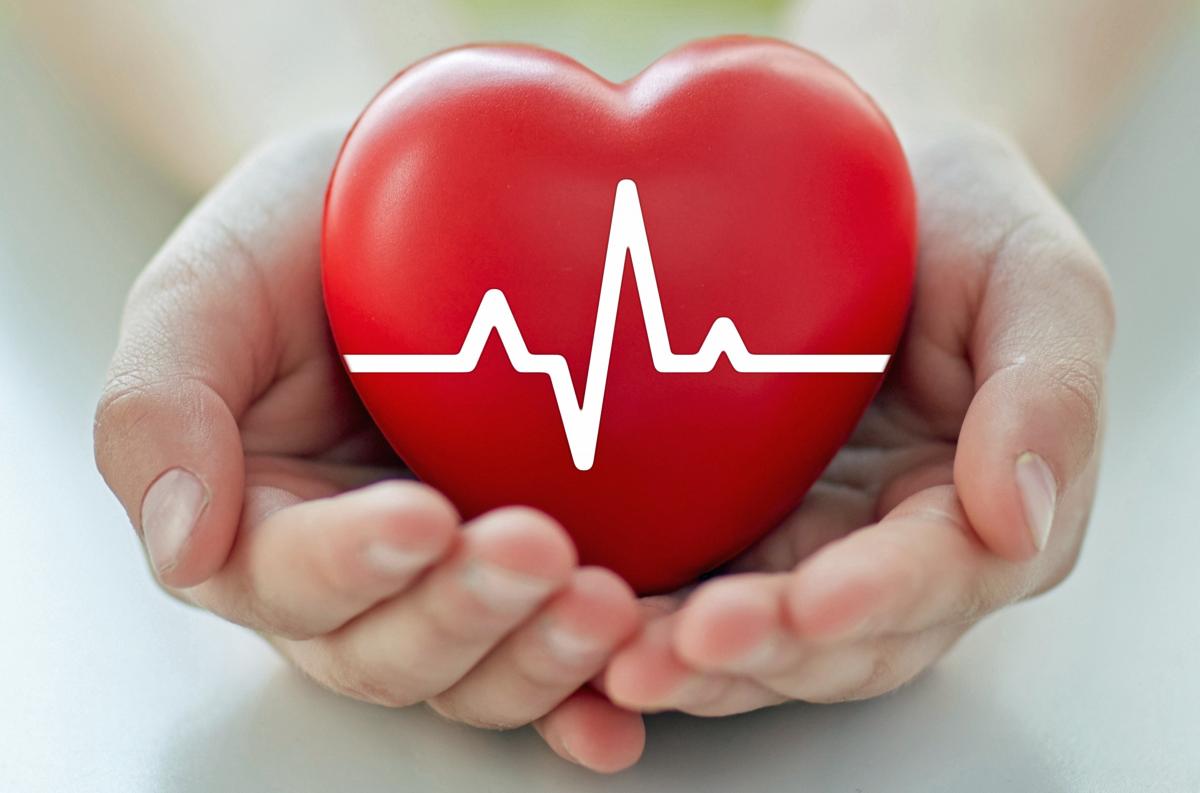
Your Heart Speaks to You; are You Listening? The Early Signs of Heart Failure
Do You Know the Common Heart Attack Warning Signs?
HOW TO IMPROVE YOUR HEART HEALTH AT ANY AGE - CNN
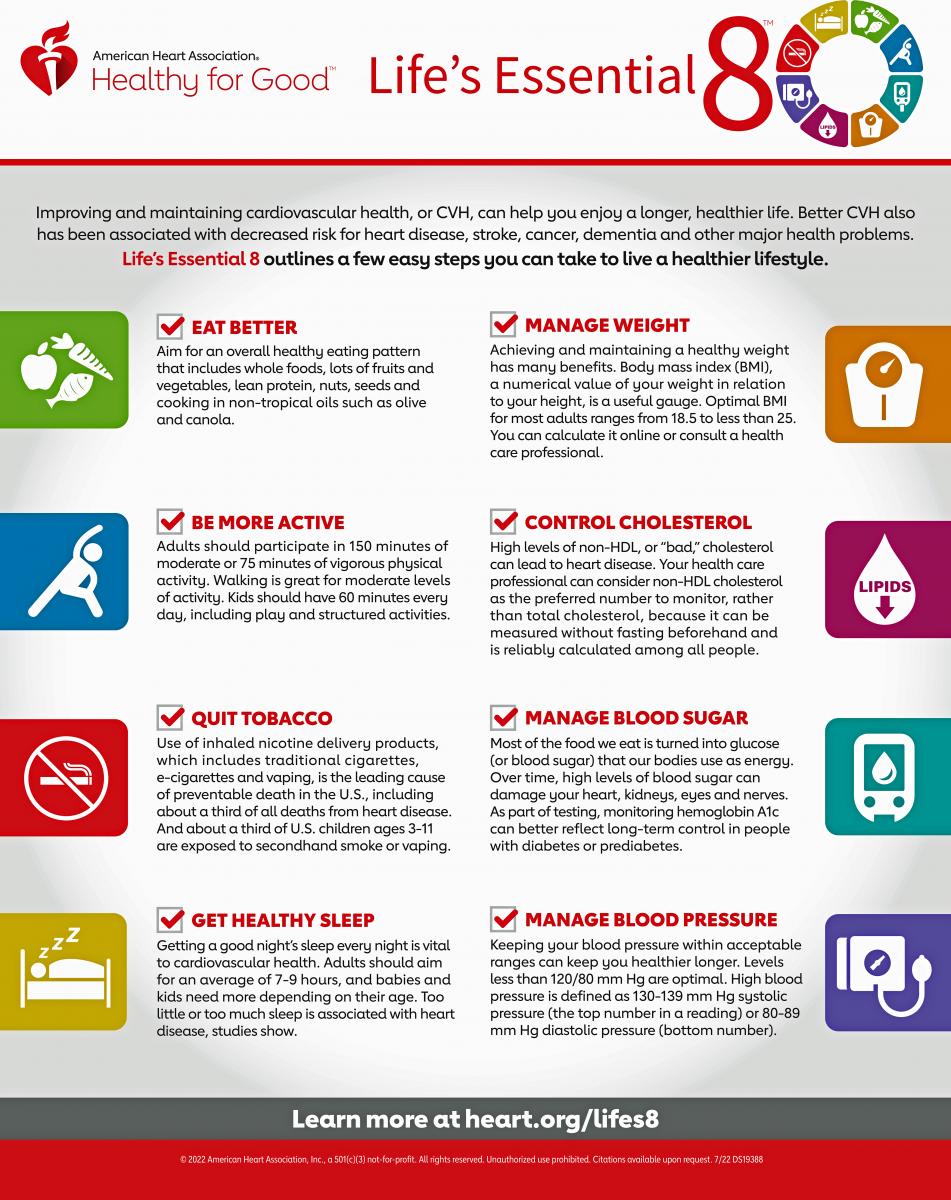
Americans 2 years and older consume on average 17 teaspoons of added sugar a day, according to the most recent government data available. It’s almost three times the upper limit of what organizations such as the American Heart Association recommend for women — 6 teaspoons — and almost twice that for men — 9 teaspoons. Learn more....
Walking 2,200 Steps or More Per Day Reduces the Chances of Early Death
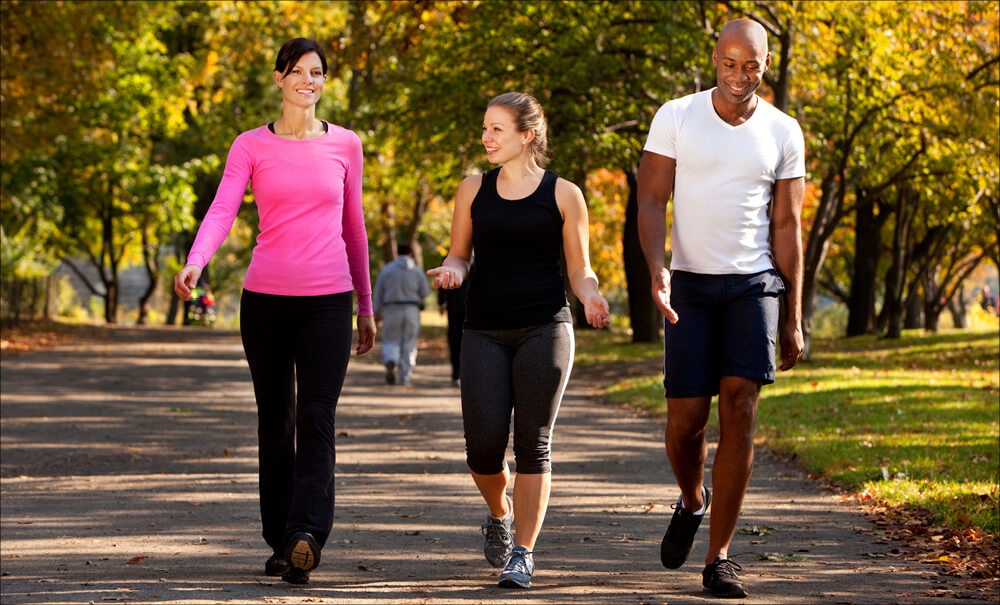

A confirmed human case of Easter Equine Encephalitus has been found in Ulster County that has resulted in a fatality. Eastern equine encephalitis (EEE) is an extremely rare but serious and often fatal infection that causes encephalitis or inflammation of the brain. It is spread by the bite of a mosquito infected with EEE virus (EEEV). EEEV can also infect a wide range of animals including mammals, birds, reptiles, and amphibians. The spread of EEEV to mammals (including humans and horses) occurs through the bite of infected mosquitoes that feed on both birds and mammals.
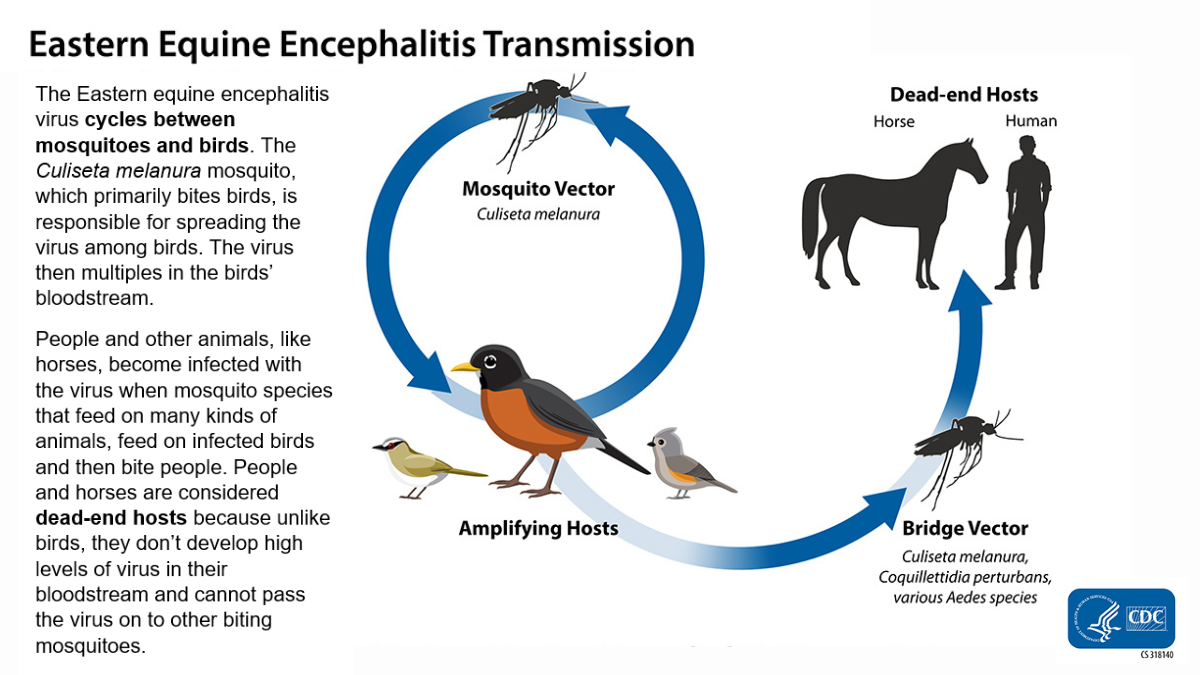
For more information, prevention guidance, and the latest updates visit the New York State Department of Health's dedicated EEE webpage

AMERICANS AGREE THAT MORE FAIR AND EFFECTIVE GUN SAFETY PROTECTIONS ARE NEEDED
Gun related violence in the U.S. is a public health crisis. In 2023, there were 18,874 firearm deaths (exluding suicide), 656 mass shooting events, and over 6 thousand children shot. Gun violence is also now the leading cause of death among children in the U.S. Despite all of the disagreements and misinformation surrounding gun violence and policy, the Johns Hopkins University Center for Gun Violence Solutions conducted an extensive survey in 2023 that includes gun owners and non gun owners alike and Americans from both major political parties. In the survey, an overwhelming majority of Americans agreed that more fair and effective gun safety protections are needed to keep our communities and loved ones safe. Check out the survey results here and listen to this special edition of Healthy Ulster Radio for an informative discussion with a senior staff member of the Center for Gun Violence Solutions.

HELP PROTECT OUR COMMUNITY BY SAFELY DISPOSING OF YOUR UNUSED MEDICATIONS, AT NO CHARGE, AT A PHARMACY NEAR YOU.
TO LOCATE A PHARMACY THAT HAS A COLLECTION BOX OR PROGRAM SEARCH HERE(link is external)
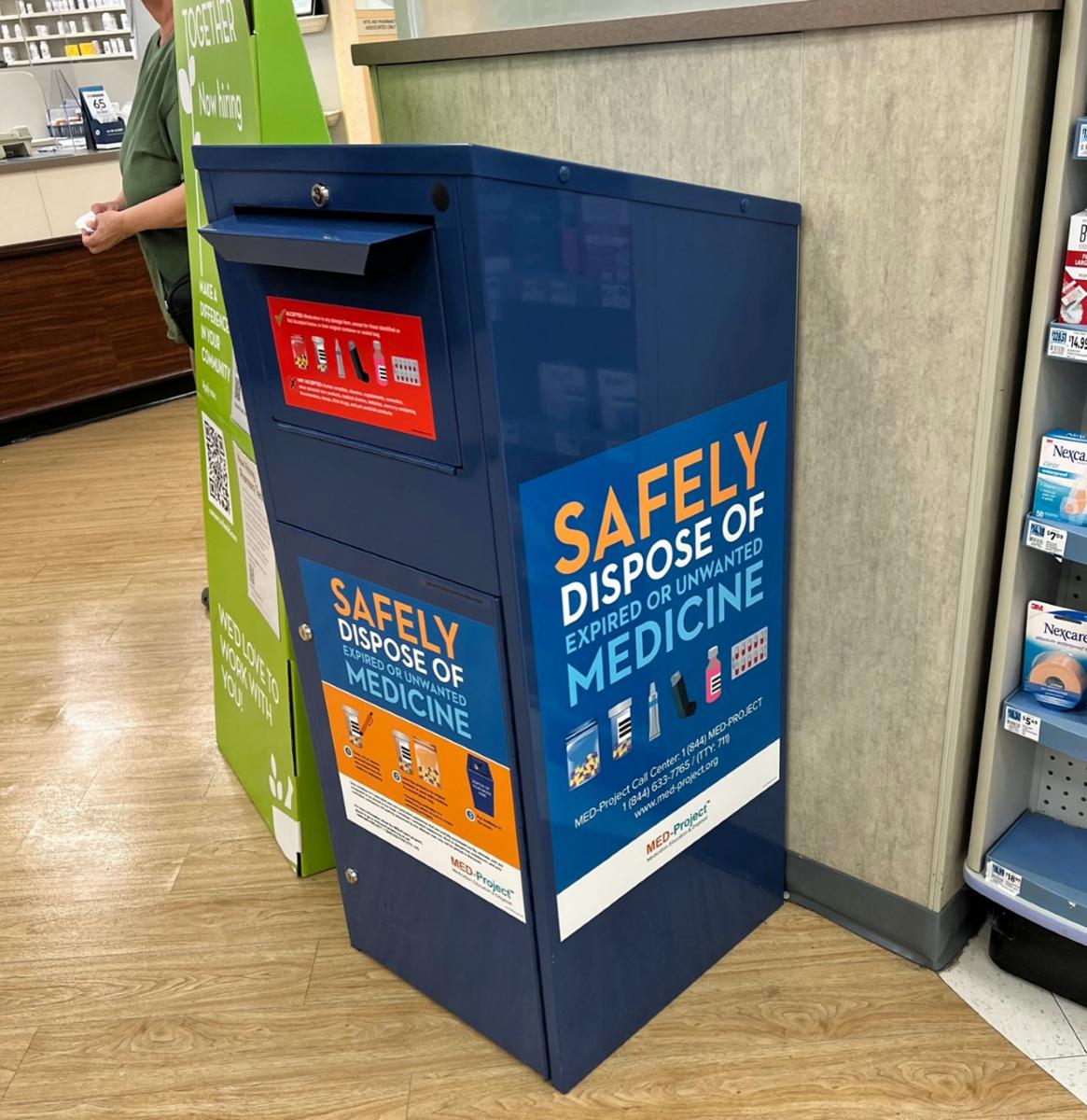
Click here for a list of tobacco retailers in Ulster County who sold tobacco products to minors, in 2023, in violation of the NYS Adolescent Tobacco Use Protection Act (ATUPA)
Tobacco Companies Spent 2 1/2 Million Dollars a Day Marketing Their Products to Kids in Order to Recruit New Smokers. Get the Facts...
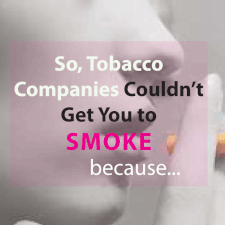

NOW is the perfect time to quit smoking or vaping. Free help and coaching is available at NYS Smokers’ Quitline. Trained Quit Coaches will work with you to find ways to manage stress or anxiety without smoking or vaping. Talk with a Quit Coach by calling1-866-697-8487 or by texting to (716) 309-4688

Radon is a naturally occurring, radioactive gas found in soil and rock. It seeps into homes through cracks in the foundation, walls, and joints. Radon comes from the natural (radioactive) breakdown of uranium in soil, rock and water and gets into the air you breathe. It can get into any type of building--homes, offices, and schools--but you and your family are likely to get your greatest exposure at home, where you spend most of your time. Among nonsmokers, radon is the leading cause of lung cancer in the United States. Based on U.S. Environmental Protection Agency estimates, lung cancer due to radon exposure claims about 21,000 US lives annually. In many cases lung cancer can be prevented; this is especially true for radon-related lung cancer. To learn more, including prevention measures, click here..
Environmental Protection Agency's Citizen's Guide to Radon
Prescription Opioid Based Pain Relievers Can be Addictive and Dangerous!

HELP PROTECT YOURSELF, YOUR FRIENDS FROM DANGEROUS AND ADDICTIVE DRUGS:
FREE NALOXONE AND DRUG TEST STRIPS, DELIVERED TO YOUR DOOR, ARE AVAILABLE NOW FROM NYS OFFICE OF ADDICTION SERVICES AND SUPPORTS (OASAS). ORDER HERE....
The Danger of Prescription Drugs and Why You Need to Talk to Your Kids About Them
HELP PROTECT OUR COMMUNITY BY SAFELY DISPOSING OF YOUR UNUSED MEDICATIONS!

The 2 companies that have been selected to implement the NYS Drug Take Back Act have been signing up locations in Ulster County where residents can safely dispose of unused medications, at no charge. Please help do your part to help keep dangerous drugs off of our streets and out of our groundwater, waterways and ecosystems. Check these 2 sites to find a location near you - and new locations are being added every day:
Inmar Drug Take Back Locator for Ulster County
Med Project Drug Take Back Locator for Ulster County
Local police departments and Sheriff stations throughout Ulster County also have unused medication collection boxes available to the public. The full list of locations is here
Are You Eating as Healthy as You Think? What 2000 Calories Looks Like
Is Your Sedentary Lifestyle Harming You? THE ANSWER IS "YES"

The sedentary lifestyle is easy to fall victim to.
Research has shown that a sedentary lifestyle—sitting for long periods of time on a daily basis—leads to obesity, cancer, and risk of death from cardiovascular disease. Just sitting in front of your TV for more than 4 hours a day increases your mortality risk by any cause by nearly 50 percent! And it’s not just channel surfing. Any extended sitting, such as behind a desk or driving all day—can be harmful to your health. And spending a few hours at the gym each week doesn’t seem to significantly offset the risk of a sedentary lifestyle.
So, what to do? Sit less, move more—all day long. If you’re reading this, stand up! If you’re listening to music, stand up and move! The muscular effort you use will help burn calories and trigger the important breakdown of fats and sugars in the body. Every time you stand or actively move, you kick those fat-burning processes into gear. When you sit, they stall!
Here are some simple ways to combat your sedentary lifestyle and help you stand up for a longer, healthier life:
– Set your smart phone alarm, computer or clock to ring on the hour to remind you to stand up, refill your cup of water, and take a short walk.
– Do this quick yoga routine several times a day.
– Stand up and do some leg raises.
– Take all phone calls on your feet.
– Schedule a “walking date” or learn to take meetings walking.
– Park your car further away and walk to your destination!
– Always take the stairs, instead of the elevator. Even one floor will do your body good.
THE HEALTH RISKS OF CONSUMING TOO MUCH SUGAR
HOW TO STOP SUGAR FROM SNEAKING INTO YOUR CHILD'S DIET




